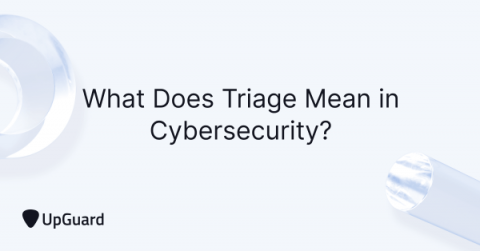How Incident Response Automation Helps Organizations
As digital transformation opportunities are constantly expanding, cyber threats are becoming more dangerous day by day. And as a result of this, it’s getting increasingly harder to secure digital assets. Cybersecurity teams must constantly improve their nstrategy repertoire so that organizations do not face severe losses. Incident response strategies stand out as one of the most powerful weapons that can prevent cyber attacks.










